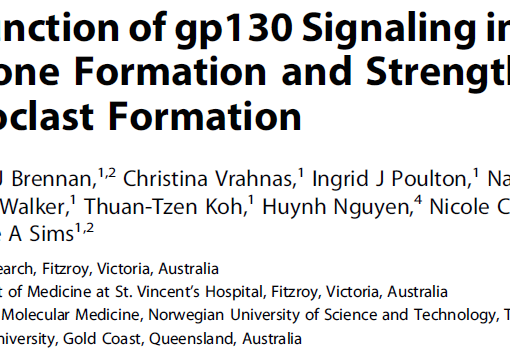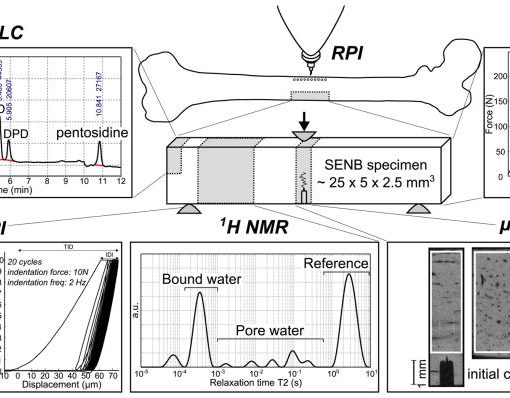Abstract
Reference Point Indentation (RPI) is a novel technique aimed to assess bone quality. Measurements are recorded by the BioDent instrument that applies multiple indents to the same location of cortical bone. Ten RPI parameters are obtained from the resulting force–displacement curves. Using the commercial finite element analysis software Abaqus, we assess the significance of the RPI parameters. We create an axisymmetric model and employ an isotropic viscoelastic-plastic constitutive relation with damage to simulate indentations on a human cortical bone. Fracture of bone tissue is not simulated for simplicity. The RPI outputs are computed for different simulated test cases and then compared with experimental results, measured using the BioDent, found in literature. The number of cycles, maximum indentation load, indenter tip radius, and the mechanical properties of bone: Young׳s modulus, compressive yield stress, and viscosity and damage constants, are varied. The trends in the RPI parameters are then investigated.
We find that the RPI parameters are sensitive to the mechanical properties of bone. An increase in Young׳s modulus of bone causes the force-displacement loading and unloading slopes to increase and the total indentation distance (TID) to decrease. The compressive yield stress is inversely proportional to a creep indentation distance (CID1) and the TID. The viscosity constant is proportional to the CID1 and an average of the energy dissipated (AvED). The maximum indentation load is proportional to the TID, CID1, loading and unloading slopes, and AvED. The damage parameter is proportional to the TID, but it is inversely proportional to both the loading and unloading slopes and the AvED. The value of an indenter tip radius is proportional to the CID1 and inversely proportional to the TID. The number of load cycles is inversely proportional to an average of a creep indentation depth (AvCID) and the AvED. The indentation distance increase (IDI) is strongly inversely proportional to the compressive yield stress, and strongly proportional to the viscosity constant and maximum applied load, but has weak relation with the damage parameter, indenter tip radius, and elastic modulus. This computational study advances our understanding of the RPI outputs and provides a starting point for more comprehensive computational studies of the RPI technique.
https://www.sciencedirect.com/science/article/pii/S1751616116302910
Journal of the Mechanical Behavior of Biomedical Materials Volume 65, January 2017, Pages 574-583 https://doi.org/10.1016/j.jmbbm.2016.08.031




